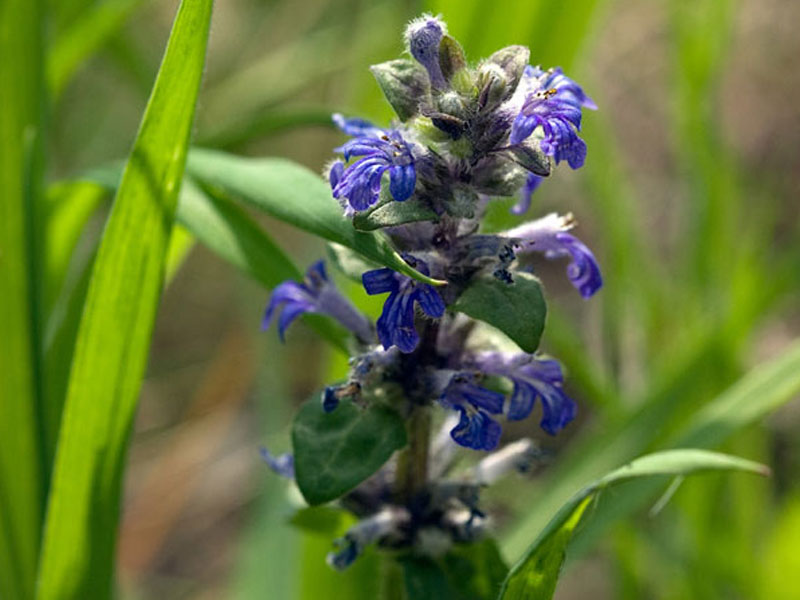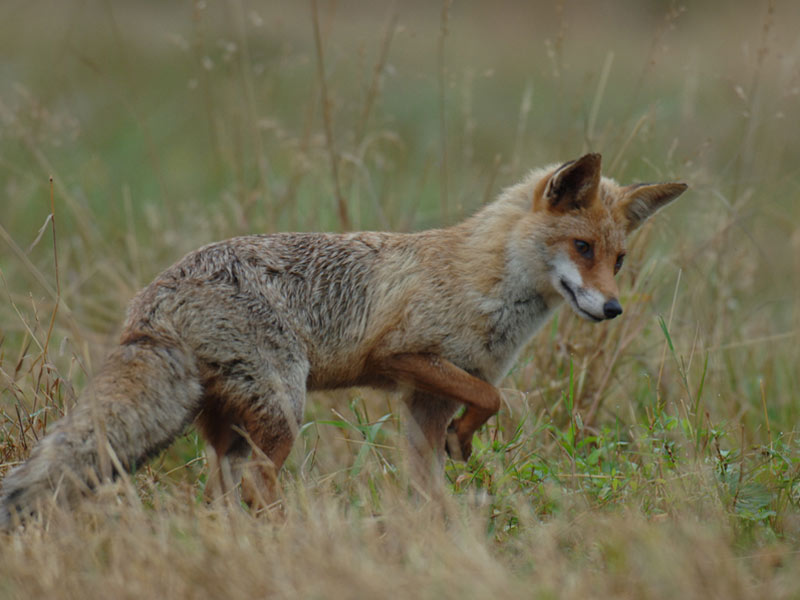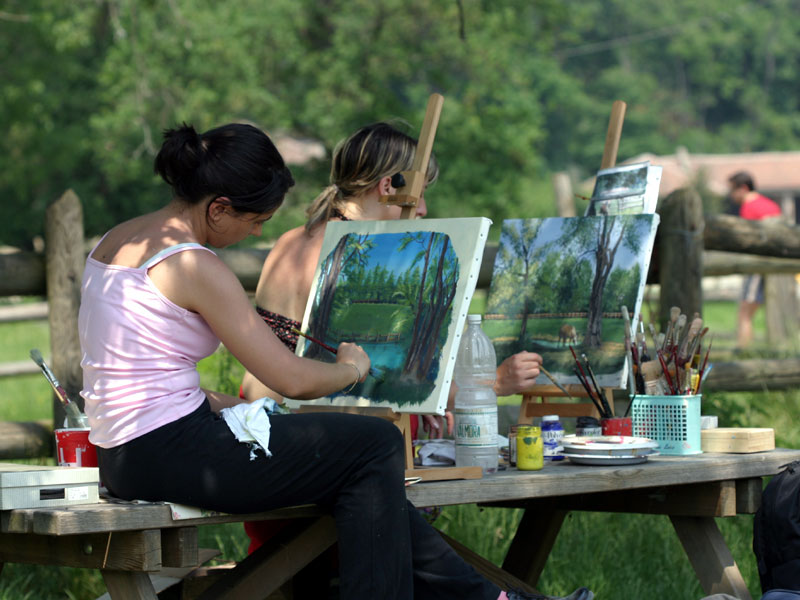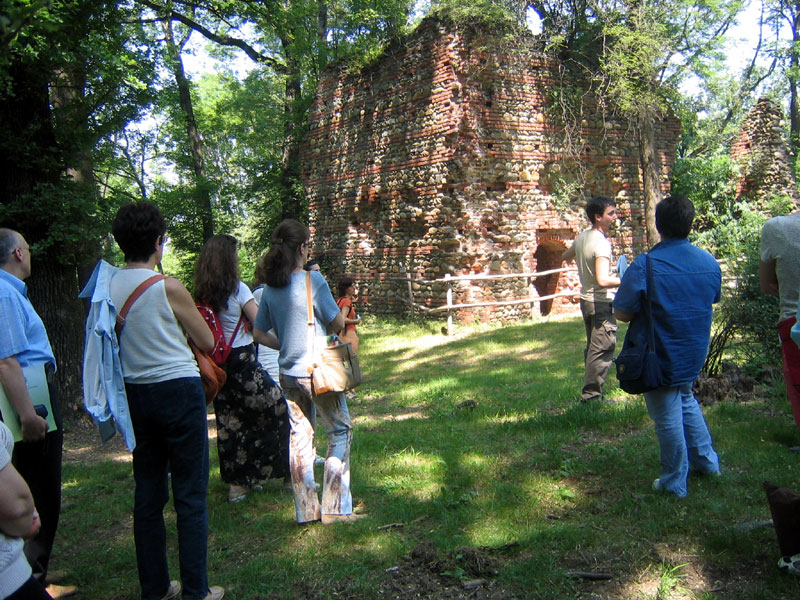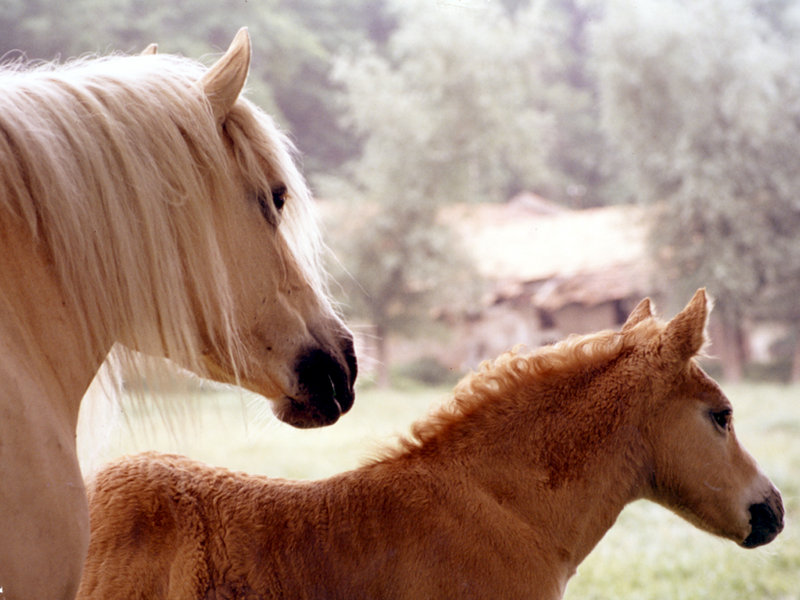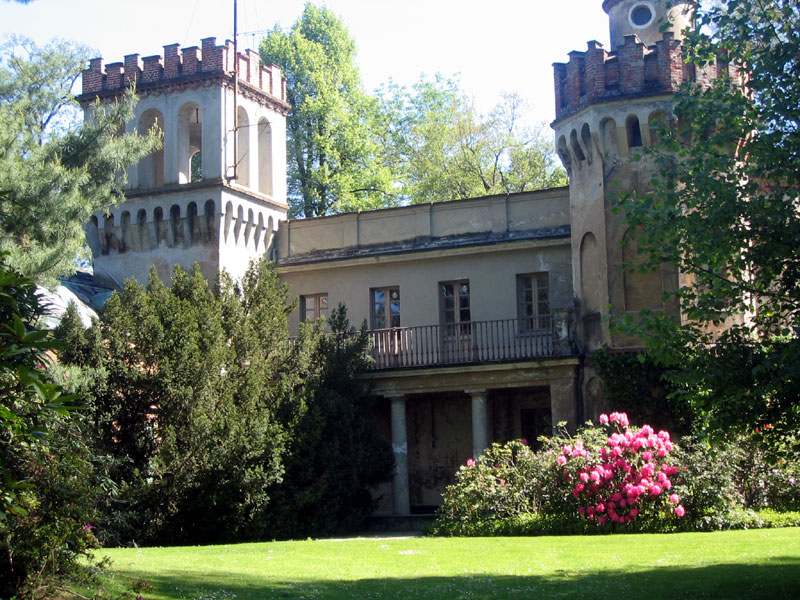Protected Area
Identity Card
- Land Surface Area: 6'570.80 ha
- Protected flora: 5 species (Italian text)
- Protected wildlife: 163 species (Italian text)
- Habitats: 9 types (Italian text)
- Regions: Piemonte
- Provinces: Torino
- Municipalities: Borgaro Torinese, Caselle Torinese, Ciriè, Collegno, Druento, Fiano, Givoletto, La Cassa, Pianezza, Robassomero, San Gillio, San Maurizio Canavese, Varisella, Venaria Reale
- Establishment Measures: LR 54 21/08/1978
- PA Official List: EUAP0224
- Park Authority: Ente di gestione delle aree protette dei Parchi Reali
Nature
The territory of La Mandria represents one of the last examples of the typical forests which covered the Po Valley a thousand years ago. The mostly spread tree was the english oak, that is a kind of oak very rare today in Italy. There were also other trees such as the common hornbeam, the ash, the lime tree, the elm and the sessile oak, that are still present in the Park.
(The following links lead to Italian web pages)
- Flora
- Fauna
- Mushrooms and lichens
- Aquatic environments
- Grasslands
- Woods
- Woodlands edges
- Monumental trees and old trees
- Bryophytes
- Natura 2000 Network
History
La Mandria Regional Park was established in the 16th century as a hunting reserve and a residence of the House of Savoia. At the half of the 17th century, Carlo Emanuele II was interested in it, and built with the help of Castellamonte a great leisure palace which subsequently became the group of buildings of the Castle of Venaria. Under the kingdom of Vittorio Amedeo II, a horse breeding activity was created for the royal stables (from here the name "La Mandria"), and then under the kingdom of Vittorio Emanuele II many other buildings were created (Borgo Castello, La Bizzarria, Le Cascine), which are very interesting from an historical and architectonic point of view.
(The following links lead to Italian texts)
Breeding Activities
The important breeding activities, at first horse breeding activities
giving the name Mandria to the place, and afterwards wild fauna and
cattle breeding activities, have characterized Mandria since its origin
and have resisted in the 20th century through the events of the Savoia
family and the agricultural changes which took place according to the
will of the marquesses Medici del Vascello during the twenty years of
Fascism.
With the establishment of La Mandria Regional Park deep changes occurred in the use of the territory, according to the
will of safeguarding the remains of the ancient plain wood made of oaks
and hornbeams, whose survival was menaced by reclamation activities and
by the strong presence of ungulates, above all cervids and cattle.
Nowadays hunting is forbidden, cattle and wild fauna breeding
activities have been eliminated, deer and wild boars are subject to
restriction plans; the Park only maintains, as evidence of its origins
and for the visitors who want to carry out tours on horseback or by
carriage, a small nucleus of riding and draught horses at Cascina
Vittoria.
In recent years, the project "Nuovi Pascoli" has started:
its aim is to safeguard and enhance the endangered Italian horse breeds
having good rusticity features and which well adapt to the semi-wild
state the Park offers: the animals live in large enclosures where they
can freely move and follow their biological rhythms according to
nature, recovering typical behavior of the species.
La Mandria houses two endangered horse breeds:
 Italian Agricultural Hard and Fast Draught Horse (PDF file, Italian text - 214 Kb)
Italian Agricultural Hard and Fast Draught Horse (PDF file, Italian text - 214 Kb)  Bardigiano horse (PDF file, Italian text - 181 Kb).
Bardigiano horse (PDF file, Italian text - 181 Kb).
Opening Times
The Park opens every day at 8.00 a.m.
It closes at:
- 5.00 p.m. from the end of October, on the day of the introduction of the solar time until 15th February
- 6.00 p.m. from 16th February until the end of March on the day before the introduction of the summertime and from 1st October until the end of October, on the day before the introduction of the solar time
- 8.00 p.m. from the end of March, on the day of the introduction of the summertime until 30th September
We remind you that in case of snow, wind, or abundant rain, the Park will be closed.
Before visiting the Park when the weather is not fine, please call the Park Info Point at the following phone numbers:
- 011/4993322
- 011/4993381



